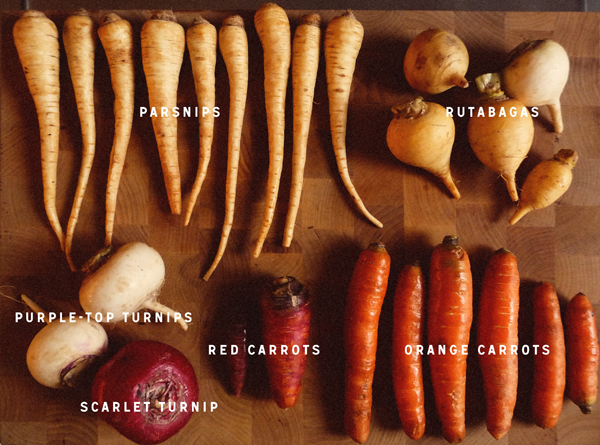Day 37:
Juice: Grapefruit Blues
Grapefruit Blues:2 Grapefruits
1 Large Handful of Blueberries
Okay. So, a lot of the fruits featured in these juices currently are out of season right now. I know people will claim that nothing is out of season anymore, but that's just not true. Even though the berries you get from the store may look like blueberries - we all know they don't taste like summer fresh blueberries. They also don't have the same nutritional content as those berries in the summer.
[I covered blueberries and berries in general in Entry 15 & Entry 16]
Eating seasonally is important for many reasons, but especially if you want good nutritional value. Now, summer is a cake walk. All the good stuff is around in the summer, right? Fall is pretty good too, but suddenly we get to winter and all there really is are root vegetables. I'm sorry, what?! And Spring isn't much better, maybe even worse with the fresh fruits and vegetables we all know and love. How can you do this? Well, I started by doing some research.
When people (nutritionist, ecologists and Cosmo magazine - yeah, I read an article once) tell you to eat seasonally, they are doing this because not only is good for the environment it is good for you. The most sited evidence for this is a study done in London in 1997 by the Ministry of Agriculture, Fisheries and Food. The study found significant differences in the nutrient content of pasteurized milk in summer versus winter. "The Ministry discovered that these differences in milk composition were primarily due to differences in the diets of the cows." (Source) It was also found by researchers in Japan that the differences in the vitamin C content of spinach harvested in summer versus winter was three-fold.
Think about it.
Just because we can doesn't mean we should, right? This is great advice for HBO. So, eating with the seasons demands you diversify your food and your nutritional intake, which has been proven everywhere, to improve your health. Variety is the spice of life.
World's Healthiest Foods (one of my favorite websites) provides a seasonal guide:
- Spring:
- Focus on tender, leafy vegetables that represent the fresh new growth of this season. The greening that occurs in springtime should be represented by greens on your plate, including Swiss chard, spinach, Romaine lettuce, fresh parsley, and basil.
- Summer:
- Stick with light, cooling foods in the tradition of traditional Chinese medicine. These foods include fruits like strawberries, apple, pear, and plum; vegetables like summer squash, broccoli, cauliflower, and corn; and spices and seasonings like peppermint and cilantro.
- Fall:
- Turn toward the more warming, autumn harvest foods, including carrot, sweet potato, onions, and garlic. Also emphasize the more warming spices and seasonings including ginger, peppercorns, and mustard seeds.
- Winter:
- Turn even more exclusively toward warming foods. Remember the principle that foods taking longer to grow are generally more warming than foods that grow quickly. All of the animal foods fall into the warming category including fish, chicken, beef, lamb, and venison. So do most of the root vegetables, including carrot, potato, onions and garlic. Eggs also fit in here, as do corn and nuts.


No comments:
Post a Comment